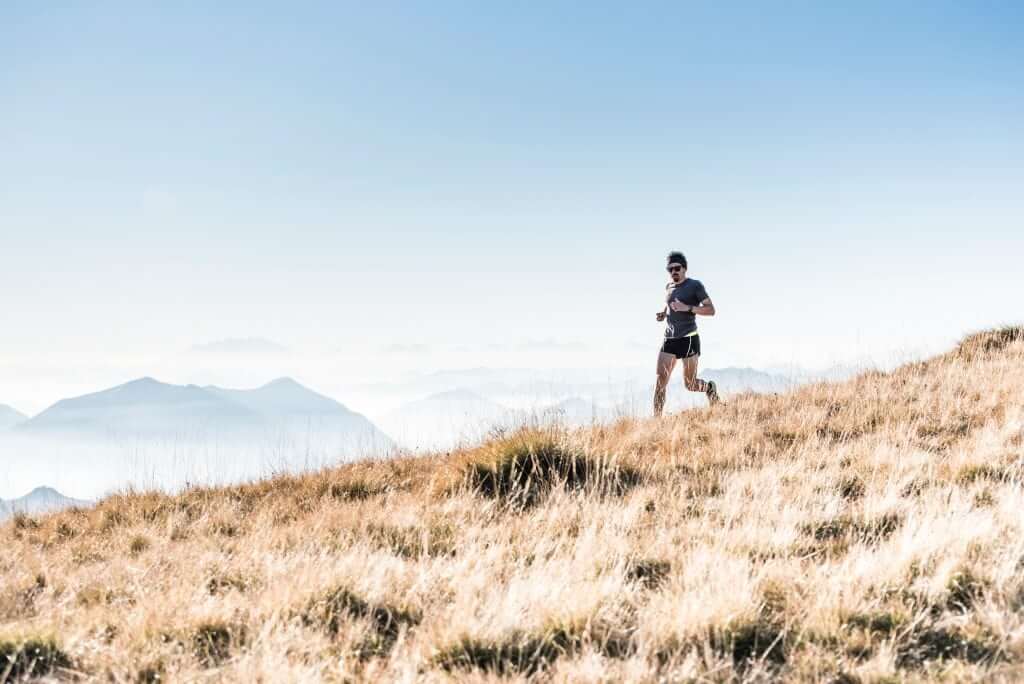Written by: Shannon Polk, Kudos Team Contributor
Have you ever encountered a behemoth of a hill and wondered how you’d possibly get to the top? The majority of my runs are on Chicago’s flat lakefront path, so it can be challenging when I take on a trail with ups and downs. On hilly or mountainous terrain, I keep the following tips in mind:
UP THE HILL
Pace yourself. If you approach a hill too fast, you may not make it to the top! Especially on longer runs, it’s important to start up a hill with a reasonable, cautious pace—don’t attack it. This way you are less likely to run out of breath at the top of the hill—you can always speed up midway if you’re feeling confident in your endurance.
Pick up your feet and take short, quick steps. When running uphill, you should lift your knees slightly higher than you would while running on a flat surface. We also recommend keeping a short stride and landing on the balls of your feet as opposed to having a mid-foot or heel strike (this one could send you tumbling backward).
Pump your arms and lean in. Not only are your arms great for keeping your balance, but they will help power you up the hill if you pump them more vigorously. It’s also helpful to lean toward the hill, which generates forward momentum. But keep your head up—if you hunch over too much, you may restrict your breathing.

DOWN THE HILL
Save your sprint. Unless you’re nearing the end of your run and can do so safely, avoid sprinting down the hill. You’ll want to save some of that energy for the rest of your run. Let gravity do the work as it will naturally take you down at a faster clip, but also be mindful of the steepness of the hill. You may need to slow down a little to prevent yourself from tumbling forward.
Take small, light steps. By keeping a short stride you can ensure good balance and pace. It’s also important to hit the ground lightly—we naturally tend to pound our feet into the ground for added stability, which puts more pressure on our knees.
Stand tall but don’t lean back too much. On steeper downhills, you’ll need to lean back a little to maintain your balance, but don’t over do it. If you do, you’ll start to lose good running form and may increase the pounding on your legs. You’ll also be impeding your momentum with every leaned-back foot strike. To prevent that, make a conscious effort to keep your chin down. That naturally brings your upper body forward and will help keep your knees bent, preventing excessive pounding and braking as you head down. For added balance, try running with your arms out wider than normal.
On a final note, stay positive! The nice thing about hills is that they keep the run dynamic and interesting. They’re also a fun way to challenge yourself. Kudos to you for tackling them!
